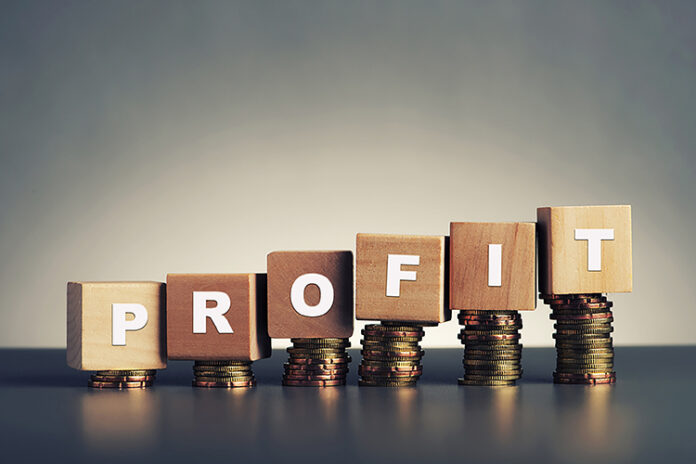Private companies made a killing on the stock exchange last year, recording profits of Rs 940 billion, which have nearly doubled since 2018 when profits were recorded at Rs 587 billion. As businesses opened up post the initial shock of the Covid-19 pandemic, all major industries including textile, cement, automobiles, technology, sugar, and power recorded increases in their profitability as well as their market capitalization.
The news prompted Prime Minister Imran Khan to urge the top 100 companies in the country to increase their low-paid workers salaries on account of such historic profits last month.
But with such major profits being recorded, the question becomes just what did these industries and major companies do with their earnings. Did they invest the money, and if so where? Or did they use it to repay debts, or perhaps increase salaries as suggested by the prime minister? Or were they possibly generous enough to give dividends to their shareholders? Profit takes a look at corporate profitability and spending in the last year.
The dynamic rebound of the KSE-100
First thing’s first, before moving forward, we need to comprehend the uptick and analyze some data in order to optimize ourselves. The data calibrates the performance by the top 100 companies listed on the Pakistan stock exchange and is crucial to understand which company made how much.
As per a research report posted by Arif Habib Limited last week with the name “KSE-100 Index Profitability – CY21: Highest Ever Annual Profitability”, The KSE-100 posted an increase of +841 points) in Calendar year 21 whereby the leading contributors to the index included Technology companies followed by Commercial Banks, Fertilizer Companies, Power Companies , Automobile assemblers, and Chemical Companies. The content in this publication is expensive to produce. But unlike other journalistic outfits, business publications have to cover the very organizations that directly give them advertisements. Hence, this large source of revenue, which is the lifeblood of other media houses, is severely compromised on account of Profit’s no-compromise policy when it comes to our reporting. No wonder, Profit has lost multiple ad deals, worth tens of millions of rupees, due to stories that held big businesses to account. Hence, for our work to continue unfettered, it must be supported by discerning readers who know the value of quality business journalism, not just for the economy but for the society as a whole.To read the full article, subscribe and support independent business journalism in Pakistan


























It’s too bad to check your article late. I wonder what it would be if we met a little faster. I want to exchange a little more, but please visit my site.
온라인 카지노
j9korea.com